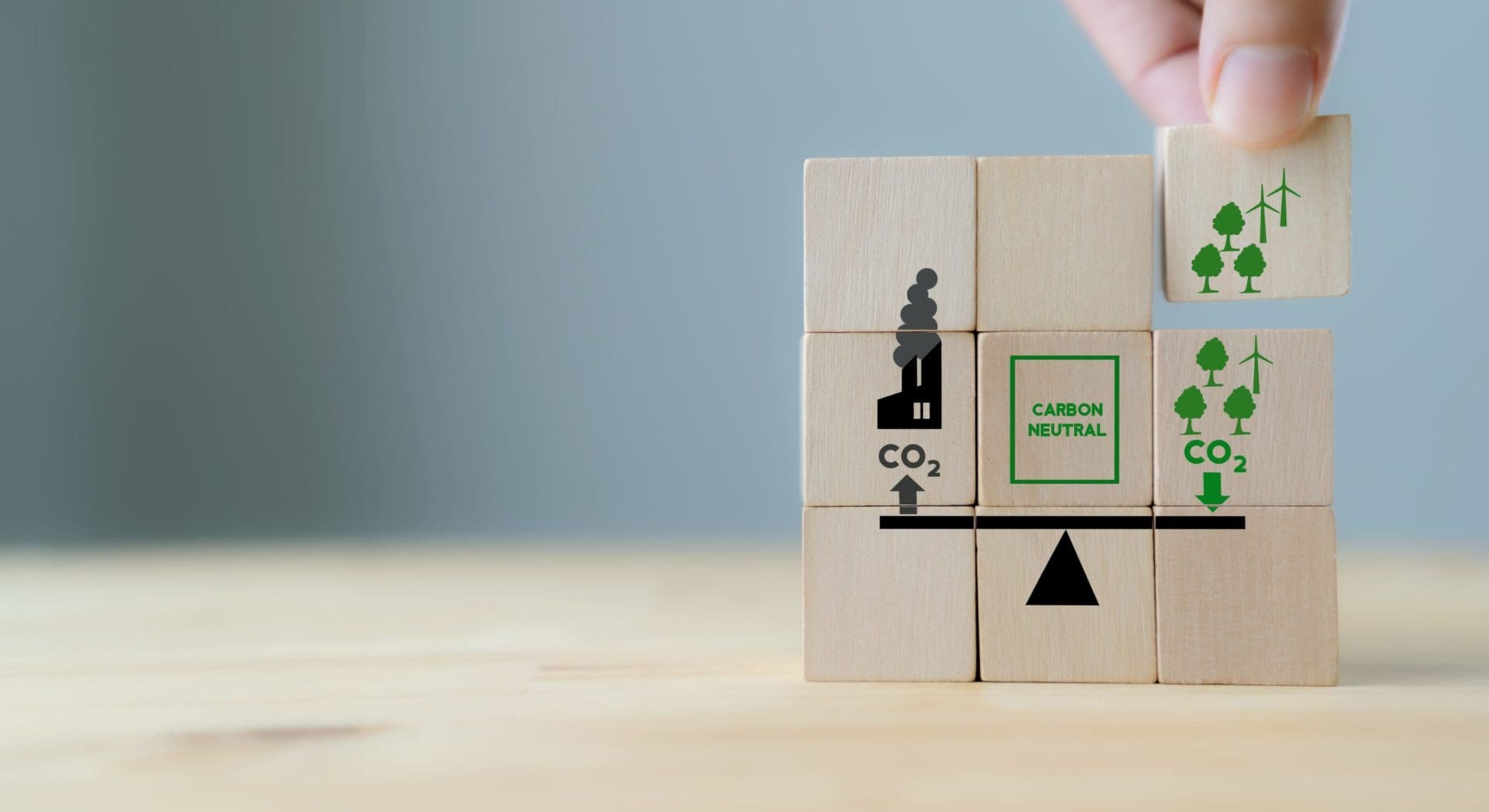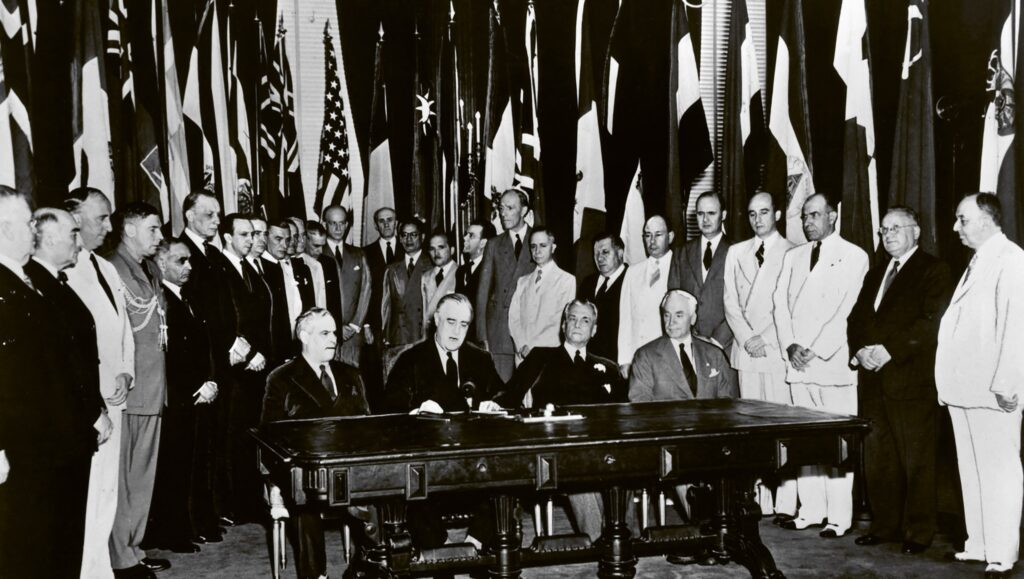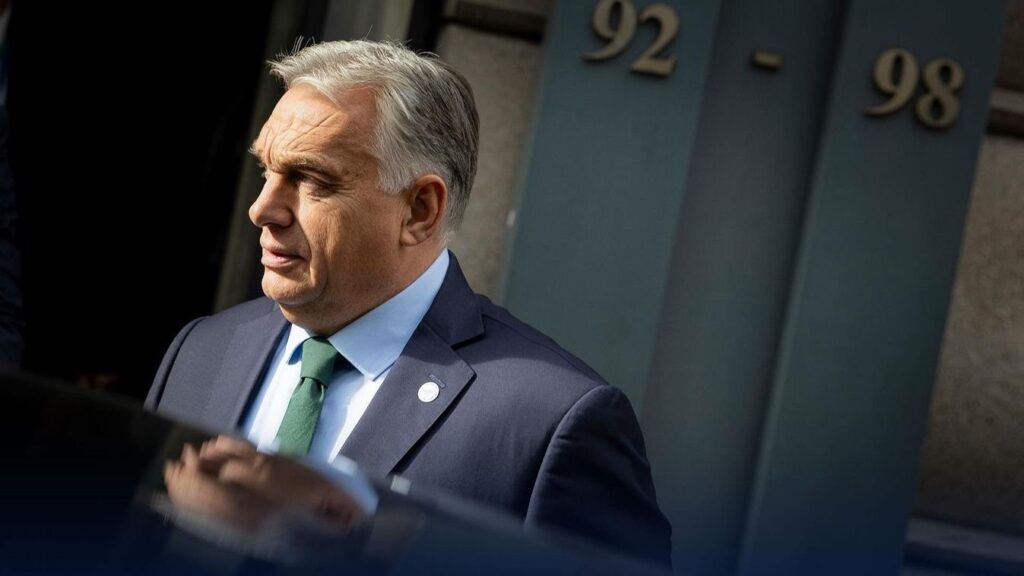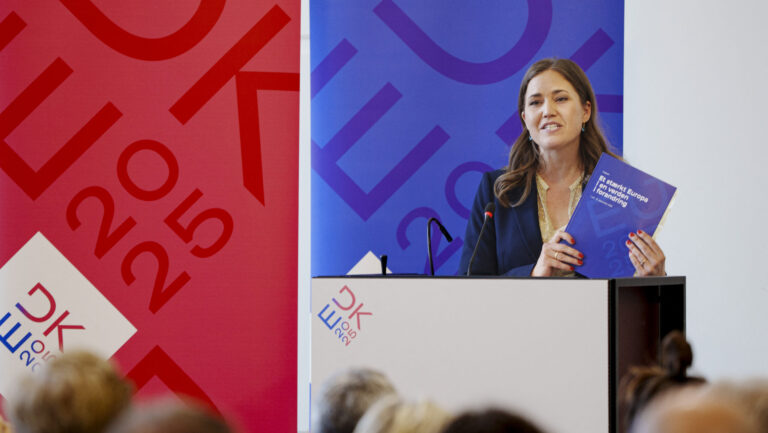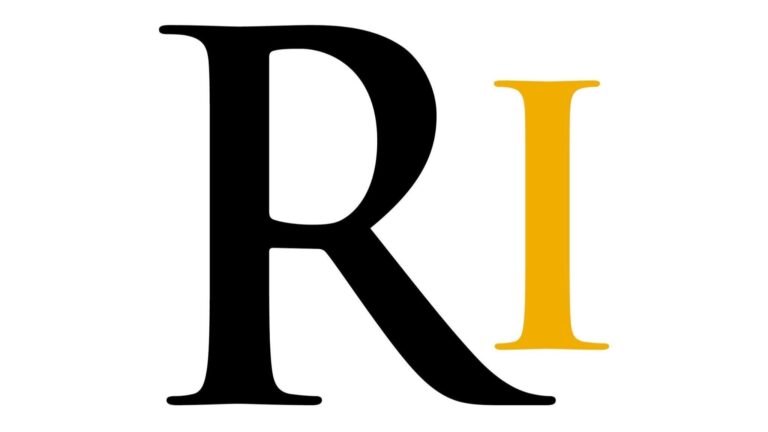In recent months, the world has seen an increasing number of alarming news and reports on natural disasters and environmental change. One need only think of the reports of drastic drought and small-scale hunger riots in Morocco in the first months of the year, and, more recently, of historic heatwaves in India and Pakistan. There is increasing media coverage of global plastic pollution, severely toxic rivers and lakes, and Global Forest Watch reports[1] that in the last year alone (2021), as large an area of forested land has disappeared from the Earth’s surface as the state of Oregon. An earlier study in 2020 estimated that approximately 180 million hectares of forest have disappeared since 1990, more than the area of Libya. In fact, 80 per cent of the Earth’s natural forests have already been cleared. In scientific terminology, this alarming phenomenon is referred to as deforestation.[2]
Of course, the causes of the process are complex, but the role of industrial activity, agriculture and the energy business cannot be ignored.
Taking all that into consideration, the European Union’s ‘green project’ did indeed look promising, and it also looked impressive from the point of view of the energy industry. However, the contradictions between responses to the war in Ukraine and green policy are now casting a dark shadow over these idealistic visions.
Climate Neutrality and Energy Dependence Together – ‘Anything is possible’
Although the debate on climate policy in Europe has intensified the most in the last decade, the reality is that the European Union has been actively building a climate neutrality policy since the 2000s. One of the first measures to combat “global warming” was the creation of the Emissions Trading System (EU ETS) in 2003.[3] The scheme is based on the principle that operators of the installations concerned must surrender a valid allowance for each tonne of CO2 emitted, and that only a limited number of new allowances (the imposition of a “cap”) are available each year. Some of the allowances will be distributed free of charge to plant operators, while the remainder will be auctioned. Allowances are tradable, i.e. operators can sell surplus allowances or buy additional allowances they need. Emissions are then put at a price and operators are encouraged to reduce their emissions. According to some reports, the ETS has reduced greenhouse gas emissions by 1 billion tonnes for the EU as a whole. Another relevant development has been the policy direction and climate strategy of Commission President Emanuel Barroso: in 2007, Barroso announced ‘the world’s most ambitious climate strategy.’[4]
From 2010, the European Union then wanted to do everything in the field of climate policy at once – diversify energy supplies, combat climate change, high and volatile energy prices and security problems, increase the share of renewable energy sources and the integration of European energy markets, etc. The Energy Union (2015) set five main objectives for the European Union’s energy policy: diversifying Europe’s energy sources, guaranteeing energy security; achieving a fully integrated internal energy market; improving energy efficiency and reducing dependence on energy imports; decarbonisation; and promoting research into low-carbon and clean energy technologies and improving competitiveness through innovation.
The European Council’s plan, revised in 2018, aimed to achieve a 40 per cent reduction in greenhouse gas emissions, a 32 per cent increase in renewable energy and a 32.5 per cent increase in energy efficiency by 2030. In September 2020, the Commission adopted the EU’s 2030 Climate Action Plan (COM(2020) 562), which includes an updated emissions reduction target of 55 per cent by 2030 compared to 1990 levels, exceeding the current 40 per cent target. In March 2021, the Council of the European Union adopted Horizon Europe, a collection of research and innovation plans for 2021-2027, with a budget of more than €80 billion, and plans to eliminate greenhouse gas emissions by 2050 as part of the European Green Deal. Another “green target” is to restore biodiversity and drastically reduce pollution.[5]
‘Our energy supply stands on thin ice’
‘Although there is a lot of talk about security of supply, only the gas storage facilities of integrated suppliers have saved Germany from a supply emergency similar to that in south-east Europe’
It is clear that the European Union has set itself a number of ambitious goals – but without any serious debate in European countries about their political feasibility. The pursuit of idealistic visions and rose-tinted dreams also seems surprisingly naïve in hindsight, because many experts already saw a decade ago that the EU’s energy supply and that of some European countries was already quite precarious. ‘At a time when many of the above-mentioned market and ownership interventions are already in place, the recent gas conflict between Russia and Ukraine, as well as the debate on the long-term sufficiency of electricity generation capacity, have made it clear that we in Germany and Europe are on very thin ice when it comes to security of supply,’ wrote, for example, Andreas Jenner and Jörg Hasper in 2010. ‘Although there is a lot of talk about security of supply, only the gas storage facilities of integrated suppliers have saved Germany from a supply emergency similar to that in south-east Europe,’ they added.[6] At the time, Jenner and Hasper saw energy supply at the European level as far from ideal, lacking a comprehensive strategy and a definition of the really important priorities. The two experts warned at the time that Europe would suffer huge welfare losses if European politicians failed to create energy security and instead opted for spectacular measures.
In parallel, other experts pointed out that Europe’s political relationship with Russia is key precisely because of energy security. Russia’s foreign trade is driven not only by economic but also by political considerations,[7] and Gazprom’s monopoly, while facilitating negotiations, also means greater risk due to the lack of Russian competitors. ‘On the other hand, the Russian gas vehicle always carries the risk of political interference, as recently seen in the Ukrainian-Russian turbulence over gas withdrawals. Gazprom’s monopoly also eliminates competition from potentially rival Russian service providers. Against this background, it would be desirable to increase Russia’s understanding of the concrete mutual benefits of the European Energy Charter (Energy Charter Treaty),’ warned three other analysts, also in 2010.[8]
‘This will be expensive’
Although the green goals and the fight against climate change are not just about modernising the energy industry, they are a central part of it. Energy is the basis for the functioning of industry and a major part of European countries’ budgets. EU leaders are now talking about speeding up the implementation of green targets and ending Russian energy dependency because of the Russia-Ukraine war. ‘It is time to tackle our vulnerabilities and quickly become more independent in our energy choices. Let’s move into renewables at lightning speed,’ said Frans Timmermans, the EU’s climate chief and leader of the Commission’s work on the Green Deal.
On the one hand, the threat of war and the growing willingness to develop armies will put a heavy strain on European countries’ budgets over the next decade. Increasing energy efficiency and changing energy management will require a lot of money. ‘Switching from Russian gas is possible, but make no mistake, it’s going to be expensive, especially if companies want to terminate their existing long-term contracts,’ says Jonathan Stern, of the Oxford Institute for Energy Studies. Other analysts point out that biogas and hydrogen will also have drawbacks, such as a potential for a large increase in the burden on consumers.
At the moment, European leaders seem to remain focused on “spectacular” goals and insist on doing everything at once. But idealistic visions are at odds with reality. An example of this is the policy of Germany’s Green government, whose representatives talk of the simultaneous need for a ‘feminist foreign policy,’ the development of military forces, a move away from dependence on Russian energy and the final abandonment of nuclear energy.
[1] John Muyskens, Naema Ahmed and Brady Dennis, ‘Massive wildfires helped fuel global forest losses in 2021,’ (28 April 2022), https://www.washingtonpost.com/climate-environment/interactive/2022/world-forest-loss-wildfires/, accessed 4 May 2022.
[2] Lydia Bjornlund, Deforestation, San Diego, ReferencePoint Press, 2012, p. 6.
[3] Jorgen Wettestad, Torbjorg Jevnaker, Rescuing EU Emissions Trading, London, Palgrave Macmillan, 2016, p. 21.
[4] Elin Lerum Boasson, Jorgen Wettestad, EU Climate Policy. Industry, Policy Interaction and External Environment, London and New York, Routledge, 2013, p. 46.
[5] Volker Wittpahl, Klima – Politik und Green Deal. Technologie und Digitalisierung. Gesellschaft und Wirtschaft, Berlin, Springer, 2020, p. 73.
[6] Andreas Renner, Dr. Jörg Jasper, Wettbewerb und Sicherheit in der Energieversorgung – worauf es wirklich ankommt, Berlin, Springer, 2010, pp. 91-92.
[7] Yuli Grigoryev, ‘The Russian gas industry, its legal structure, and its influence on world markets,’ Energy Law Journal, Vol. 28, 2008, p. 126.
[8] Stefan Lars, Thoren Heun-Rehn und Friederike Anna Dratwa, ‘In varietate concordia – Strategie und Ziele der „neuen” EU-Energie und Klimapolitik’ in Energiewirtschaft in Europa. Im Spannungsfeld zwischen Klimapolitik, Wettbewerb und Versorgungssicherheit, Heidelberg, Springer, 2010. p. 119.

